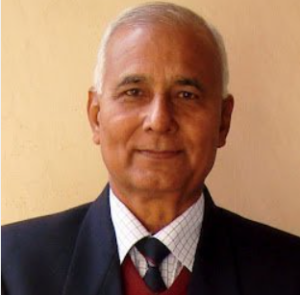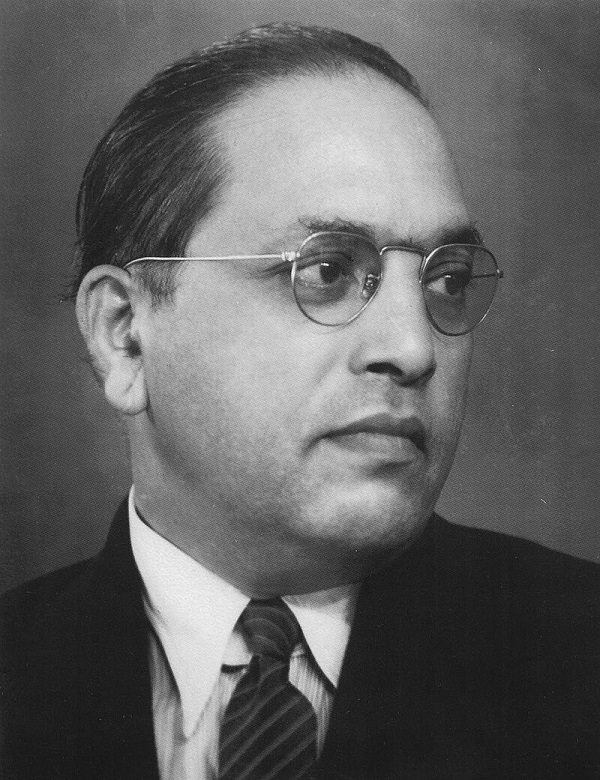SR Darapuri I.P.S.(Retd)

(Asian independent) Ambedkar’s Neo-Buddhism, also known as Navayana or Ambedkarite Buddhism, is a reinterpretation of Buddhism developed by Dr. B.R. Ambedkar, an Indian social reformer and architect of the Indian Constitution, in the 20th century. It differs significantly from traditional Buddhism (Theravada, Mahayana, and Vajrayana) in its focus, purpose, and philosophical orientation, as it was shaped to address social injustices, particularly caste oppression in India. Below is a concise comparison highlighting key differences:
- Purpose and Social Focus
– Traditional Buddhism: Primarily focuses on individual liberation (nirvana) from the cycle of birth and death (samsara) through spiritual practices like meditation, ethical conduct, and wisdom. Social issues are secondary, with emphasis on personal enlightenment.
– Neo-Buddhism: Explicitly socio-political, aimed at liberating oppressed communities, especially Dalits (formerly “untouchables”), from caste-based discrimination. Ambedkar saw Buddhism as a tool for social equality, justice, and empowerment, rejecting Hinduism’s caste system.
- View of Religious Texts
– Traditional Buddhism: Relies on canonical texts like the Pali Canon (Theravada), Mahayana sutras, or Tibetan texts, which detail the Buddha’s teachings on metaphysics, meditation, and ethics.
– Neo-Buddhism: Ambedkar reinterpreted Buddhist texts selectively, emphasizing rationality and ethics over metaphysical elements. His book, *The Buddha and His Dhamma* (1956), serves as the primary text, omitting or reinterpreting concepts like rebirth and karma that he deemed unscientific or irrelevant to social reform.
- Metaphysical Beliefs
– Traditional Buddhism: Accepts concepts like karma, rebirth, and the cycle of samsara as central to understanding suffering and liberation. These are often metaphysical and transcend empirical verification.
– Neo-Buddhism: Rejects or reinterprets metaphysical doctrines. Ambedkar viewed karma as social consequences of actions in this life, not across lifetimes, and dismissed rebirth as unverifiable. The focus is on alleviating suffering in the present world through social and moral action.
- Role of the Four Noble Truths
– Traditional Buddhism: The Four Noble Truths (suffering, its cause, its cessation, and the path to cessation) are central, with the Eightfold Path as a spiritual guide to achieve nirvana.
– Neo-Buddhism: Ambedkar reframed the Four Noble Truths to emphasize social suffering caused by inequality and oppression. The Eightfold Path is interpreted as a practical guide for ethical living and social reform, not just spiritual liberation.
- Approach to Caste and Social Hierarchy
– Traditional Buddhism: While the Buddha rejected caste distinctions in spiritual practice (e.g., all can attain enlightenment), traditional Buddhist societies (e.g., in India, Sri Lanka) often coexisted with caste systems, with limited focus on dismantling them.
– Neo-Buddhism: Explicitly anti-caste, viewing the caste system as a social evil incompatible with Buddhist principles of equality. Ambedkar’s mass conversion of Dalits to Buddhism in 1956 was a direct rejection of Hinduism’s caste hierarchy.
- Rituals and Practices
– Traditional Buddhism: Involves rituals, meditation, monasticism, and practices like chanting or offerings, varying by sect (e.g., Theravada’s Vipassana, Mahayana’s devotional practices).
– Neo-Buddhism: Minimizes rituals and mysticism, focusing on ethical conduct and community organization. Practices are simplified (e.g., taking the 22 vows Ambedkar prescribed), emphasizing rationality and social activism over monastic withdrawal.
- Role of Monasticism
– Traditional Buddhism: Monasticism (the sangha) is central, with monks and nuns dedicating their lives to spiritual practice and teaching the Dharma.
– Neo-Buddhism: De-emphasizes monasticism, encouraging lay participation. Ambedkar envisioned Buddhists as socially engaged individuals working for equality, not retreating into monasteries.
- Philosophical Orientation
– Traditional Buddhism: Often metaphysical, with complex doctrines on the nature of reality (e.g., emptiness in Mahayana, dependent origination).
– Neo-Buddhism: Pragmatic and rationalist, aligning with modern scientific thought. Ambedkar drew parallels between Buddhism and Marxism in its focus on class struggle and social change, though he rejected Marxism’s materialism.
Historical Context:
– Traditional Buddhism: Evolved over centuries across Asia, adapting to local cultures while retaining core spiritual goals.
– Neo-Buddhism: Emerged in 1956 when Ambedkar and over 500,000 followers converted to Buddhism in Nagpur, India, as a protest against caste oppression. It remains largely a Dalit movement, with millions of adherents in India.
Summary:
Ambedkar’s Neo-Buddhism transforms traditional Buddhism into a socially engaged, rationalist, and anti-caste ideology. While traditional Buddhism seeks individual liberation through spiritual means, Neo-Buddhism prioritizes collective emancipation from social inequalities in this life, reinterpreting Buddhist principles to align with modern egalitarian and scientific values.








